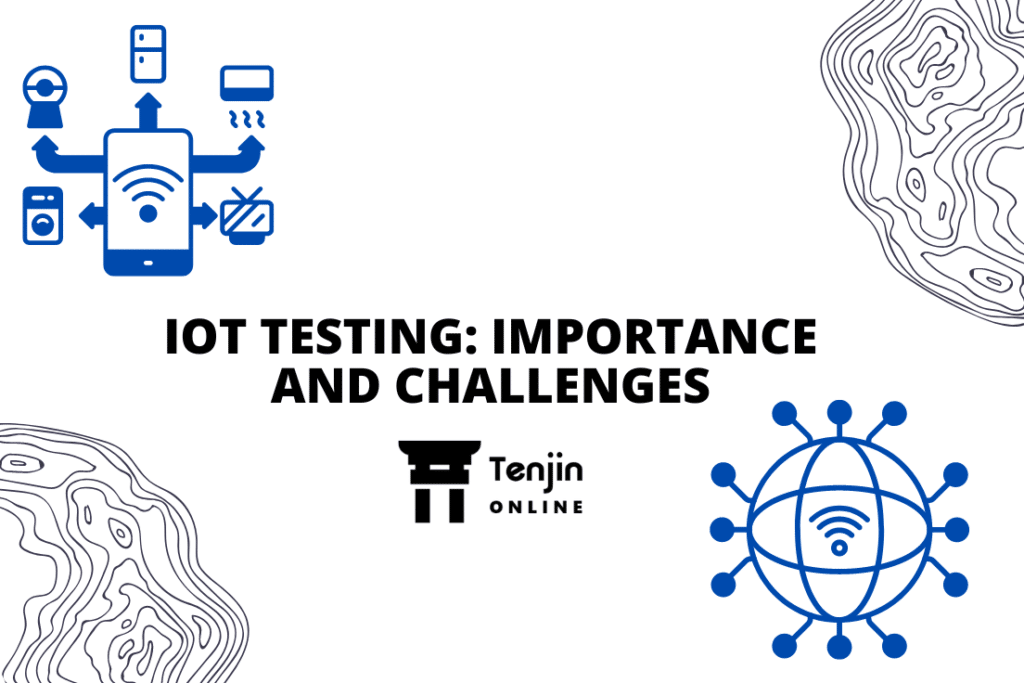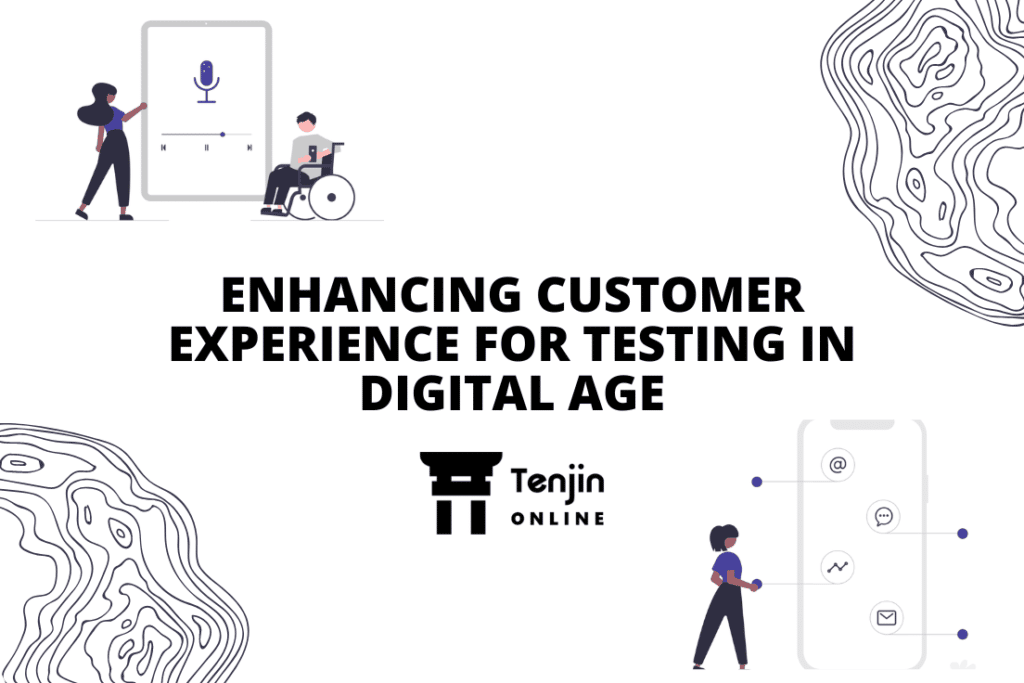
The digital landscape is constantly expanding and dominating the business world today. Websites play a crucial role in the success of these digitally driven businesses as they serve as a central hub to display products, services, and engage audience with interesting content and major product/service updates. However, a website’s success is intricately tied to user experience. The more seamless and engaging the user experience, the more likely visitors are to stay longer, engage with content, and convert into customers.
To achieve exceptional user experience (UX), businesses are increasingly turning to data-driven approach to optimize their websites’ UX. By leveraging data, businesses can gain insights into user behavior and preferences, enabling them to make informed decisions that lead to enhanced user satisfaction and better business outcomes. This article highlights the concept of data-driven UX and how it is used in optimizing the website.
Understanding Data-Driven UX
Data-driven UX involves using quantitative and qualitative data to inform the design, layout, and functionality of a website. This approach goes beyond subjective opinions and assumptions, instead relying on concrete data collected from user interactions. This data can include:
Analytics Data
Website analytics tools like Google Analytics provide invaluable insights into user behavior. Metrics such as bounce rate, session duration, and page views help identify areas where users might be dropping off or engaging the most.
Heatmaps and Click-Tracking
Heatmaps visually represent where users are clicking, scrolling, and hovering on a webpage. This data highlights which areas of a page are receiving the most attention and which are being ignored.
User Feedback
Gathering feedback directly from users through surveys, feedback forms, and usability testing provides qualitative insights into user pain points, requirements, and preferences.
A/B Testing
A/B testing involves comparing two or more versions of a webpage to determine which one performs better. This method helps in optimizing elements like headlines, images, call-to-action buttons, and more.
Session Recordings
Recording user sessions allows you to observe exactly how users navigate through your website. This can uncover usability issues and points of confusion.
Though, data-driven UX is essential in optimizing a website and stay at par with the competition, it is important to test the web applications for an enhanced user experience. UX testing helps to identify any defects and allows the developers to fix them before the launch, thereby enhancing the user experience.
Steps to Optimize Website with Data-Driven UX
Here are some inevitable steps to follow in order to optimizing data-driven UX:
Defining Goals
It is important to clearly define what should be achieved from the website. Whether it’s increased conversions, longer session durations, or improved engagement, having specific goals will guide your data collection efforts.
Collect Data
Implement the necessary tools to gather data on user interactions. Set up analytics software, heatmapping tools, and user feedback mechanisms.
Analyze and Interpret
Regularly review the collected data to identify patterns and trends. Understand which pages are performing well and which need improvement. Are users dropping off on a particular page? Is there a common path users follow?
Identify Pain Points
Pinpoint areas where users are encountering difficulties or frustrations. High bounce rates or low engagement on specific pages might indicate issues that need to be addressed.
Test Hypotheses
Based on your data analysis, test hypotheses changes could enhance UX. This could range from adjusting the placement of buttons to rewriting certain headlines.
A/B Testing
Implement A/B tests to compare the performance of your original design with the proposed changes. A/B testing provides empirical evidence of what works best for the users.
Iterate and Refine
Continuously iterate the website based on the insights gained from data analysis and testing. UX optimization is an ongoing process, and as user behavior evolves, so should the website.
Responsive Design
Ensure the website is responsive and accessible across different devices and screen sizes. Mobile traffic is significant, and a poor mobile experience can prevent users from visiting the website.
Content Personalization
Utilize data to personalize the user experience. Show relevant content and product recommendations based on user preferences and browsing history.
Monitor and Adapt
Regularly monitor key metrics to track the impact of UX optimization efforts. In the event of changes in user behavior, it is essential to adapt to new strategies accordingly.
Benefits of Optimizing Websites with Data-Driven UX
Optimizing a website with data driven UX brings forth several benefits:
Improved User Satisfaction
By addressing pain points and aligning the website with user preferences, one can create a more enjoyable experience for visitors.
Higher Conversions
A seamless and user-friendly website encourages users to take desired actions, such as signing up for newsletters or making purchases.
Informed Decision-Making
Data-driven insights reduce reliance on assumptions and guesswork, enabling one to make informed design and content decisions.
Competitive Edge
A well-optimized website stands out in a crowded digital space. Users are more likely to return to a site that provides a satisfying experience.
Conclusion
Data-driven UX optimization is a powerful approach that enables businesses to create websites that cater to user needs and preferences. By incorporating the above-said, companies can enhance user satisfaction, drive conversions, and ultimately achieve their online goals. Remember, the digital landscape is constantly evolving, so continuous monitoring and adaptation are essential to maintain a competitive edge.


